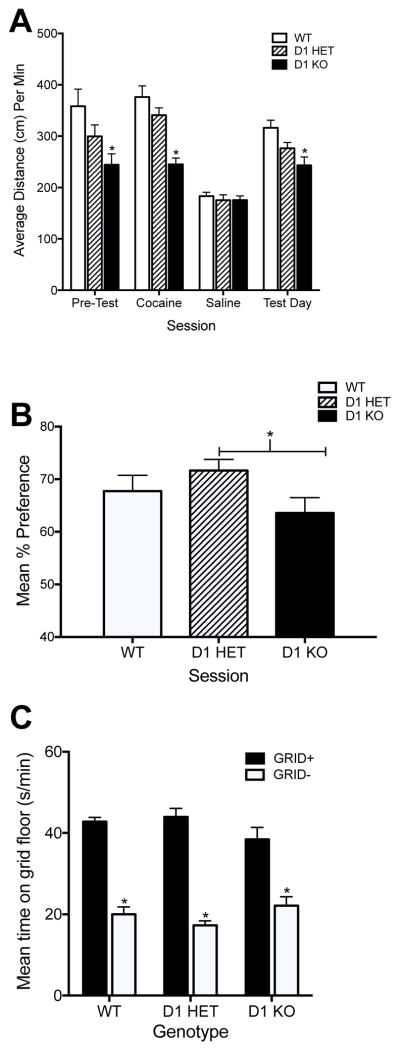Figure 4. Cocaine conditioned place preference in D1 knockout mice.
Panel A shows locomotor activity of WT, D1 HET and D1 KO during pre-test, training days, and preference test day. Panel B shows percent preference for the cocaine-paired floor during the test day in male and female wildtype (WT), heterozygotes (D1 HET) and knockouts (D1 KO). Panel C shows grid+/grid− analysis of WT, D1 HET and D1 KO during the preference test day. During pre-test, cocaine conditioning sessions, and Test Day, knockout mice showed decreased locomotor activity compared to wildtype mice. Knockout mice showed significantly less preference for cocaine-paired floor compared to heterozygote mice in Panel B. Grid+/grid− analysis did not indicate a main effect of genotype, but showed that all genotypes acquired a conditioned place preference when comparing animals that received cocaine on grid floor (grid+) against animals that received saline on grid floor (grid−) during training. Error bars indicate SEM. (*) p < 0.05 significant difference compared to D1 HET or WT.

